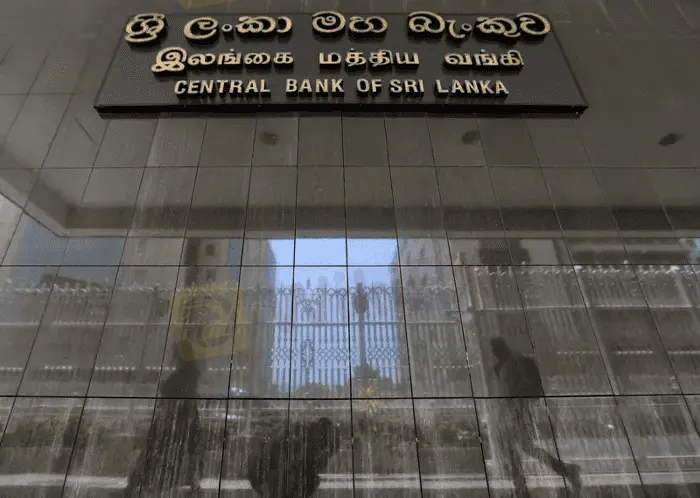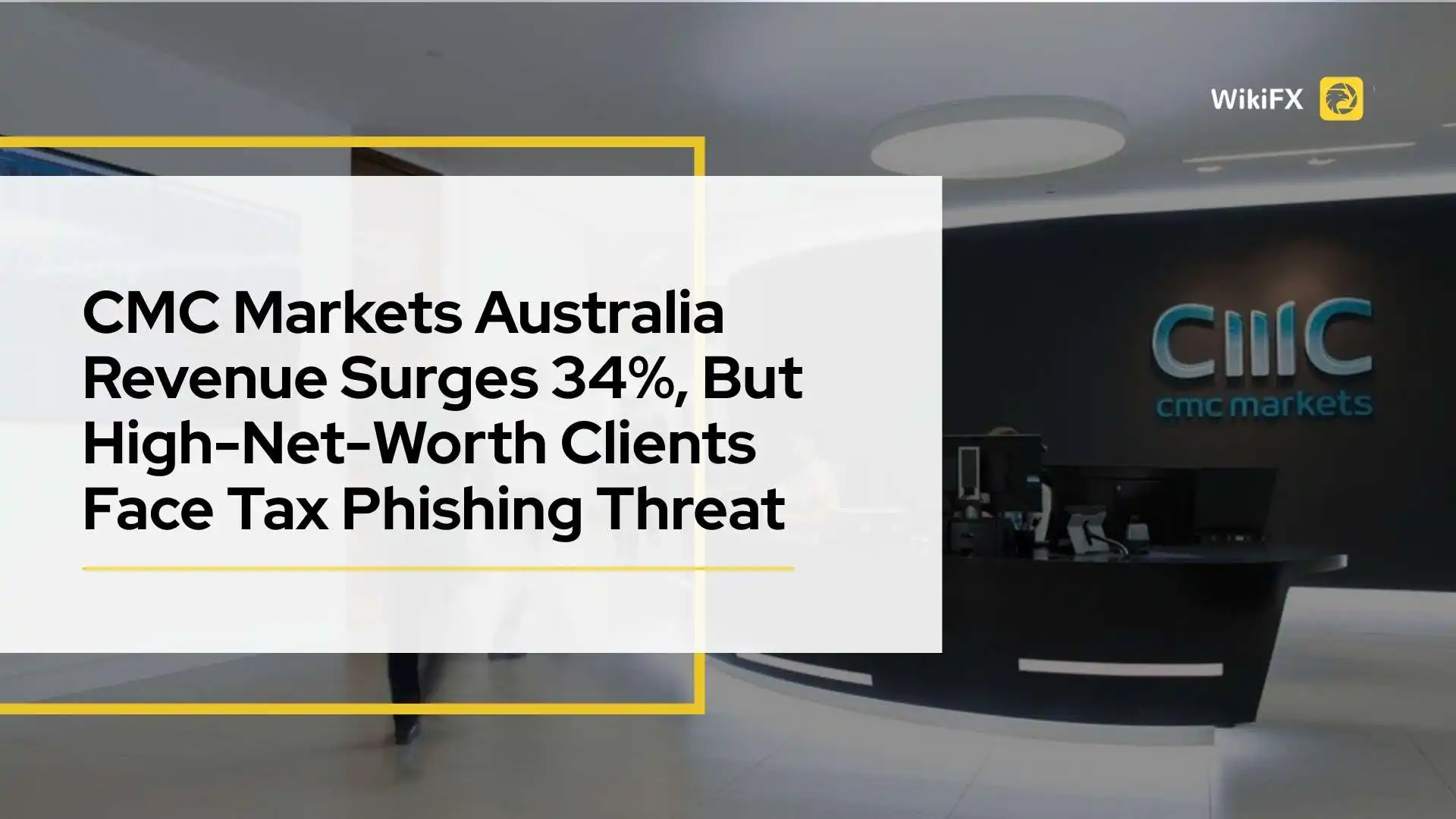简体中文
繁體中文
English
Pусский
日本語
ภาษาไทย
Tiếng Việt
Bahasa Indonesia
Español
हिन्दी
Filippiiniläinen
Français
Deutsch
Português
Türkçe
한국어
العربية
Sri Lanka hikes rates in face of record inflation, despite economic contraction
Abstract:Sri Lanka’s central bank raised key interest rates to the highest in two decades on Thursday to bring down record inflation, despite the country wilting under a devastating economic crisis.

Sri Lanka raised interest rates to the highest level in two decades on Thursday, saying it had to head off runaway inflation to avoid even deeper pain for an economy that is already in crisis and is shrinking.
The Sri Lankan central bank increased its standing lending facility rate by 100 basis points to 15.50% while the standing deposit facility rate was similarly raised to 14.50%, the highest since August, 2001.
Inflation touched a year-on-year record of 54.6% in June, and central bank Governor P. Nandalal Weerasinghe said it could go as high as 70%, prompting the central bank to raise rates to address the rise in prices.
“We will work to manage inflation as much as possible but other measures such as cash transfers will also be needed to give relief to the poor,” he told reporters.
Interest rate rises, however, would further dampen economic growth in the island nation.
The country is struggling to pay for food, medicine and fuel, with foreign exchange reserves at a record low. The economy contracted by an annual 1.6% in the first quarter and is forecast to have shrunk more in the second.
Sri Lanka is pushing for a possible $3 billion extended financing programme from the International Monetary Fund (IMF) which would help it unlock other bridge financing options to pay for essential imports.
The central bank said in a statement that significant progress had been made in talks with the IMF, while negotiations are underway with bilateral and multilateral partners to secure bridge financing and ease the shortfall in reserves.
“One recommendation in the IMF programme is to support the poor and vulnerable as high inflation will have the most impact on them,” Weerasinghe said.
The central bank expects inflation to touch 70% in the near term and stay higher for another year but a fall in global crude and commodity prices may help bring it down sooner, he added.
The central bank estimates a contraction in growth of 4% to 5% this year, Prime Minister Ranil Wickremesinghe told parliament on Tuesday, although the government targets a smaller contraction of 1% in growth next year.
“There has been a change in stance from the central bank, perhaps following discussions with the IMF,” said Dimantha Mathew, Head of Research at First Capital.
“I dont think they are concerned about growth at all and have shifted focus to easing currency pressure and money printing to stabilise the economy,” he added.
The central bank also said ensuring external sector stability and overall macroeconomic stability would require commitment from all stakeholders and it called for coherent and consistent action, including from the government.
“Faster implementation of the expected fiscal reforms aimed at strengthening government revenue and expenditure rationalisation is needed,” it said, adding that improvements in the financial position of state-owned enterprises were also key.
It said these measures would over time would lead to a decline in government financing needs and help scale down monetary financing at a faster pace.
Sri Lanka is scheduled to present an interim budget to parliament in August, which will include new revenue measures and cut expenditure, Wickremesinghe told parliament last month.
The IMF indicated the need for stronger fiscal measures to put public finances back on track and boost debt sustainability following a ten-day visit to the country late last month.
Sri Lanka hopes to hold a donor conference with the involvement of China, India and Japan after a staff level agreement is reached with the IMF and will present its debt sustainability framework by August.

Disclaimer:
The views in this article only represent the author's personal views, and do not constitute investment advice on this platform. This platform does not guarantee the accuracy, completeness and timeliness of the information in the article, and will not be liable for any loss caused by the use of or reliance on the information in the article.
Read more

CMC Markets Australia Revenue Surges 34%, But High-Net-Worth Clients Face Tax Phishing Threat
CMC Markets Australia reports a 34% revenue surge. Simultaneously, the company's high-net-worth clients are facing a serious tax-related phishing threat.

E TRADE Review: Traders Report Tax on Withdrawals, Poor Customer Service & Fund Scams
Has your E Trade forex trading account been charged a withholding tax fee? Did your account get blocked because of multiple deposits? Did you have to constantly call the officials to unblock your account? Failed to open a premium savings account despite submitting multiple documents? Is fund transfer too much of a hassle at E Trade? Did you find the E Trade customer support service not helpful? In this E Trade review article, we have shared certain complaints. Take a look!

mBank Exposed: Top Reasons Why Customers are Giving Thumbs Down to This Bank
Do you find mBank services too slow or unresponsive? Do you find your account getting blocked? Failing to access your account online due to several systemic glitches? Can’t perform the transactions on the mBank app? Do you also witness inappropriate stop-level trade execution by the financial services provider? You are not alone! Frustrated by these unfortunate circumstances, many of its clients have shared negative mBank reviews online. In this article, we have shared some of the reviews. Read on!

In-Depth Uniglobe Markets Commission Fees and Spreads Analysis – What Traders Should Really Know
For experienced traders, the cost of execution is a critical factor in broker selection. Low spreads, fair commissions, and transparent pricing can be the difference between a profitable and a losing strategy over the long term. This has led many to scrutinize the offerings of brokers like Uniglobe Markets, which presents a tiered account structure promising competitive conditions. However, a professional evaluation demands more than a surface-level look at marketing claims. It requires a deep, data-driven analysis of the real trading costs, set against the backdrop of the broker's operational integrity and safety. This comprehensive Uniglobe Markets commission fees and spreads analysis will deconstruct the broker's pricing model, examining its account types, typical spreads, commission policies, and potential ancillary costs. Using data primarily sourced from the global broker inquiry platform WikiFX, we will provide a clear-eyed view of the Uniglobe Markets spreads commissions prici
WikiFX Broker
Latest News
WikiFX's New Evaluation of ATM Capital LTD: Does its License Protect the Arab Investor?
How a Fake Moomoo Ad Led to the “New Dream Voyage 5” Scam
Is Axi Legit? A Data-Driven Analysis of Its Regulatory Standing and Trader Feedback
Trive Investigation: High Score, Hidden Risk - The Profit Paradox
In-Depth Uniglobe Markets Commission Fees and Spreads Analysis – What Traders Should Really Know
FXPesa Review: Are Traders Facing High Slippage, Fund Losses & Withdrawal Denials?
CMC Markets Australia Revenue Surges 34%, But High-Net-Worth Clients Face Tax Phishing Threat
Bessent believes there won't be a recession in 2026 but says some sectors are challenged
mBank Exposed: Top Reasons Why Customers are Giving Thumbs Down to This Bank
Young Singaporean Trader Grew USD 52 into a USD 107,700 Portfolio
Currency Calculator



